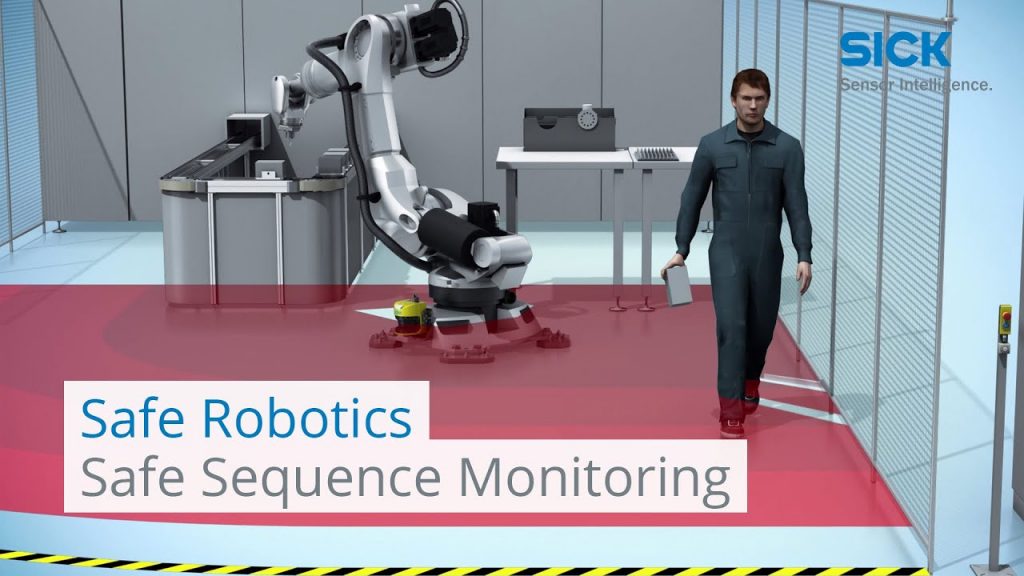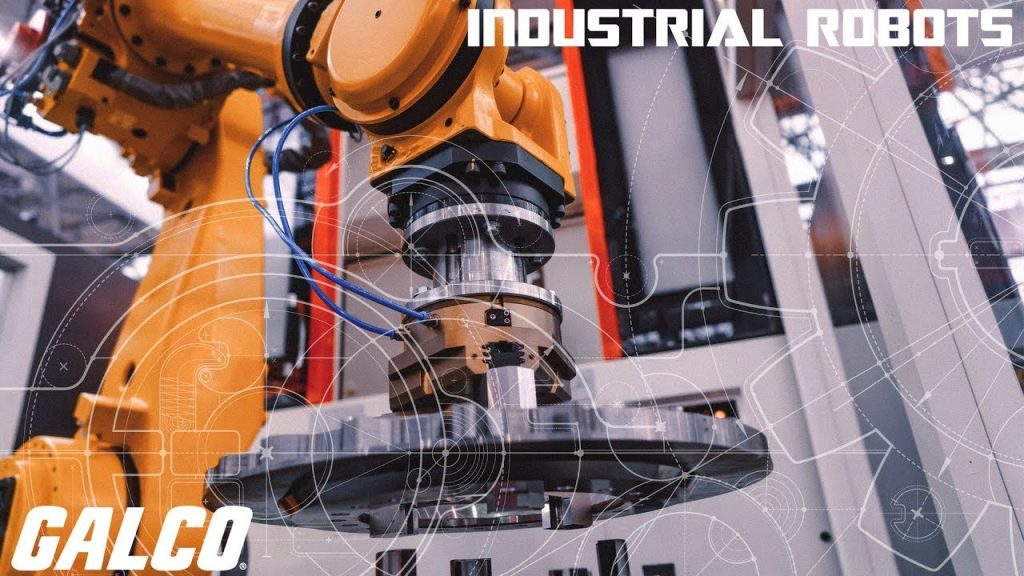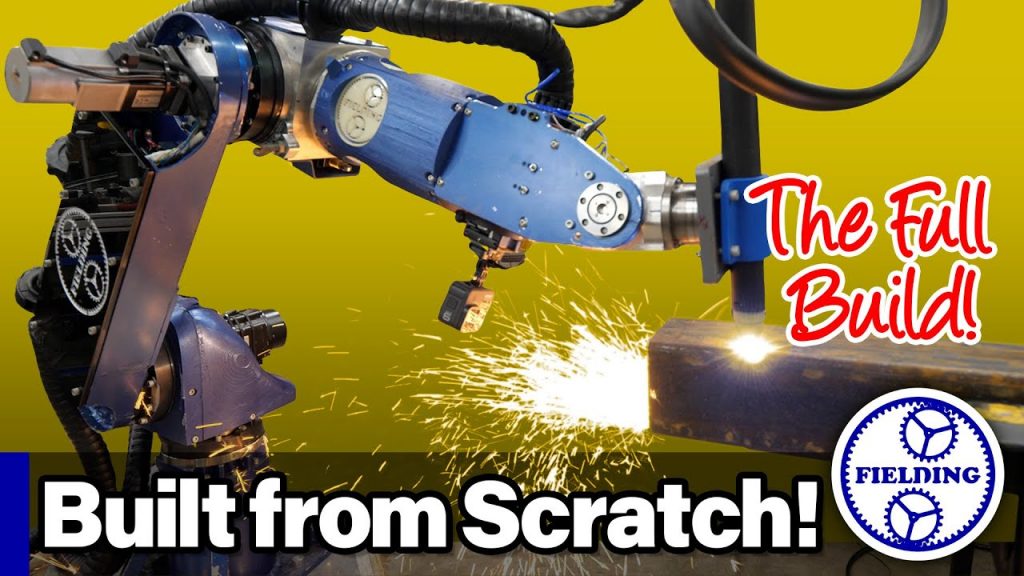Check out the leading manufacturer for a professional solution in coil packing by clicking here: [URL]
Safe Sequence Monitoring for Industrial Robot Applications: Enhancing Collaboration Between Humans and Robots
In today’s rapidly evolving industrial landscape, human-robot collaboration is becoming increasingly prevalent. The integration of robots into industrial processes not only enhances productivity but also improves workplace safety. To ensure a seamless collaboration between humans and robots, it is crucial to implement effective safety measures. Safe Sequence Monitoring from SICK is a cutting-edge solution that allows for flexible and safe interaction between humans and robots in various industrial applications.
Industrial Robot Applications have revolutionized multiple industries, including manufacturing, logistics, and assembly. These applications have significantly increased efficiency and productivity, leading to improved output and reduced costs. However, the implementation of robots in industrial settings requires careful consideration of safety aspects to prevent accidents and injuries.
Safe Sequence Monitoring from SICK addresses the safety concerns associated with human-robot collaboration. This advanced solution ensures that robots operate within predefined safety zones and adhere to specific sequences, minimizing the risk of accidents. By continuously monitoring the sequence of actions performed by robots, Safe Sequence Monitoring guarantees safe interaction with human workers.
The key benefits of Safe Sequence Monitoring include:
1. Enhanced Safety: By closely monitoring the actions of robots, this solution prevents dangerous situations and minimizes the risk of accidents. It ensures that robots operate within the designated safety zones and adhere to predefined sequences, keeping human workers safe.
2. Flexibility in Collaboration: Safe Sequence Monitoring enables flexible interaction between humans and robots. It allows for dynamic changes in the sequence of actions, providing adaptability to evolving production requirements without compromising safety.
3. Increased Productivity: With Safe Sequence Monitoring, industrial processes can run smoothly and efficiently. By minimizing the need for constant human supervision, this solution allows workers to focus on more complex tasks, ultimately enhancing overall productivity.
4. Compliance with Safety Standards: Safe Sequence Monitoring ensures compliance with safety regulations and standards, providing peace of mind to businesses and ensuring a safe working environment for employees.
To further understand the significance of Safe Sequence Monitoring in Industrial Robot Applications, let’s take a closer look at its practical implementation. In a typical manufacturing scenario, robots are often responsible for tasks such as assembly, material handling, and quality control. Safe Sequence Monitoring ensures that these robots perform their assigned actions in a safe and controlled manner.
For example, in an assembly line, a robot may be responsible for picking up specific components and placing them in the correct position. Safe Sequence Monitoring continuously monitors the robot’s actions, ensuring that it follows the predetermined sequence and operates within the designated safety zones. This prevents potential collisions with human workers or other equipment, guaranteeing a secure working environment.
In conclusion, Safe Sequence Monitoring from SICK is a crucial solution for ensuring safe interaction between humans and robots in Industrial Robot Applications. By implementing this advanced technology, businesses can enhance workplace safety, boost productivity, and comply with safety regulations. Industrial Robot Applications have transformed various industries, and with Safe Sequence Monitoring, human-robot collaboration can reach new heights of efficiency and safety.
Check out the leading manufacturer for a professional solution in coil packing by clicking here: [URL] Industrial Robot
“Enhancing Safety in Robotics: Effective Sequence Monitoring for Industrial Robot Applications”



